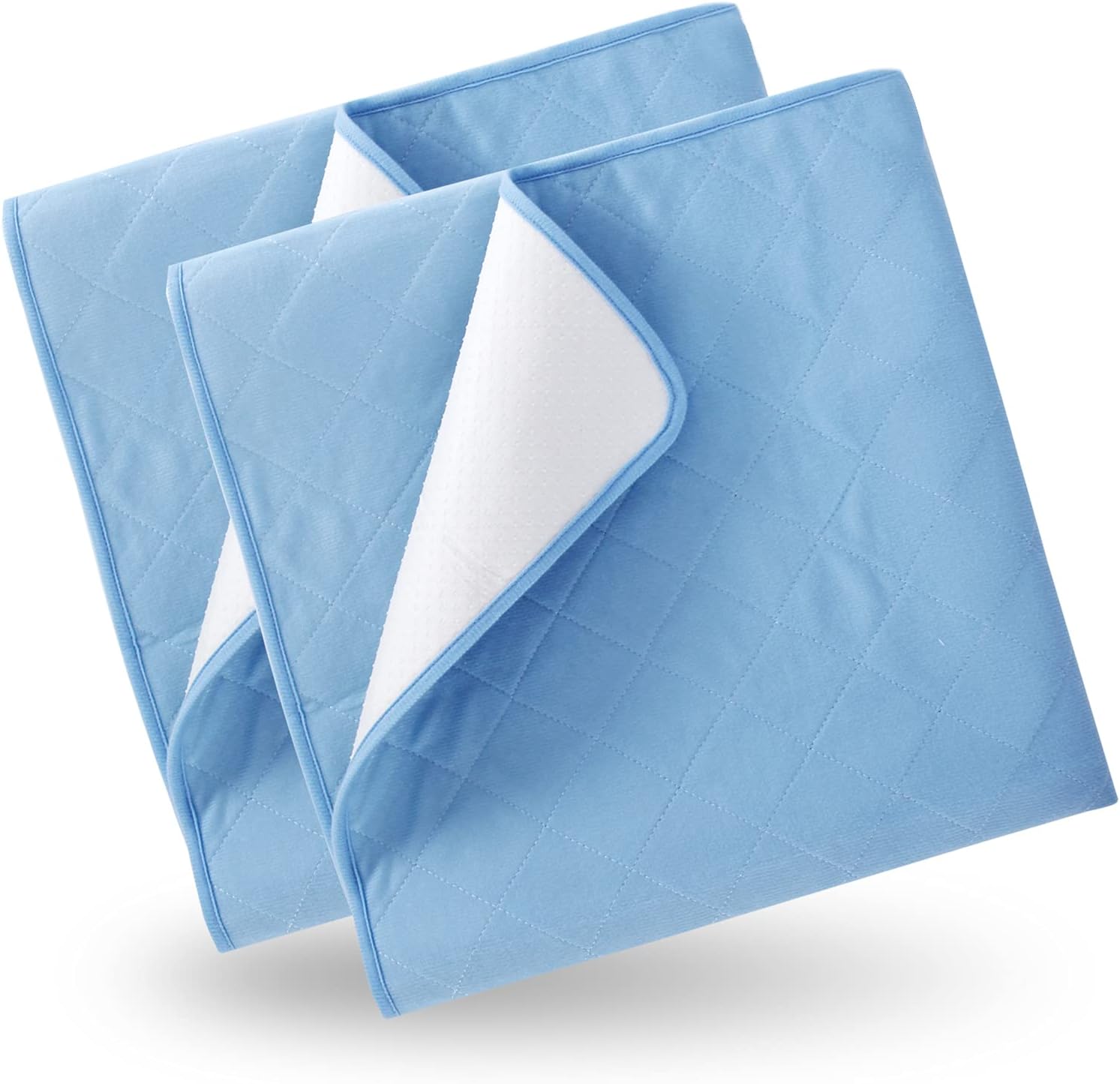Your sweet newborn has morphed into an adorable bouncing (or crawling, or walking!) baby. She seems so grown-up compared to those very early days, which may have you wondering: Is she ready to sleep with a pillow or a blanket?
It might seem like adding some soft, fluffy accessories to the crib could make your little one more comfortable. But the truth is, your baby doesn’t know what she’s missing. And she’s better off that way for now. Though it’s scary to even think about, pillows, blankets and other soft bedding items can create the potential for suffocation or strangling and increase the risk of Sudden Infant Death Syndrome, or SIDS.
In short, there’s no real reason to add extra bedding to your baby’s crib now — and lots of good reasons to wait. Here’s how to know when she might be ready for pillows, blankets, stuffed animals and other accessories.
When is it safe for baby to sleep with a pillow?
Babies should sleep on a flat surface free of pillows, blankets or other soft bedding until age 1, according to the American Academy of Pediatrics' safe sleep guidelines. The only thing her crib needs is a simple fitted sheet.
Still, there’s no need to celebrate your little one’s first birthday by getting her a pillow. You’re better off waiting until she transitions to a toddler bed, which can happen between 18 months and 3 1/2 years old (though ideally as close to age 3 as possible). And it’s fine to hold out until she shows active interest in having one.
When the time does come to give your tot a pillow, avoid the fluffy adult-sized models in favor of a small, firm toddler pillow. And keep extra fabric out of the mix by skipping the pillowcase.
Shop for biloban baby bedding
When is it safe for baby to sleep with a blanket?
The rules of thumb for blankets are the same as for pillows. You absolutely shouldn’t use them before age 1, and you’re better off waiting until your little one is at least 18 months or older. (Even after the risk of SIDS has passed, young toddlers could get tangled up in a blanket when trying to stand up, which could cause them to fall.)When you do decide to introduce a blanket, start with one that’s small, thin and lightweight.
How can you keep your baby warm in the meantime? Opt for a wearable blanket, the AAP recommends. These sleeping bag-like sacks will help your little one stay cozy without bunching up around her face, minimizing the risk of suffocation or strangulation.
Shop for biloban baby bedding
When can my baby go to sleep safely with a stuffed animal?
Watching your baby become attached to a stuffed animal is more than just adorable. It can actually be beneficial. Stuffed animals and other cuddly objects are comforting and familiar, helping your little one feel safe and secure as she becomes more independent.
Many babies start showing interest in a stuffed animal or blankie around 9 months. And while it’s perfectly fine to let your sweetie hang out with her lovey when she’s awake, the rules for safe sleep still apply: Stuffed animals, blankies and other comfort objects don’t belong in your child’s crib before her first birthday. If you can keep them out longer than that, even better.
Shop for biloban baby bedding


